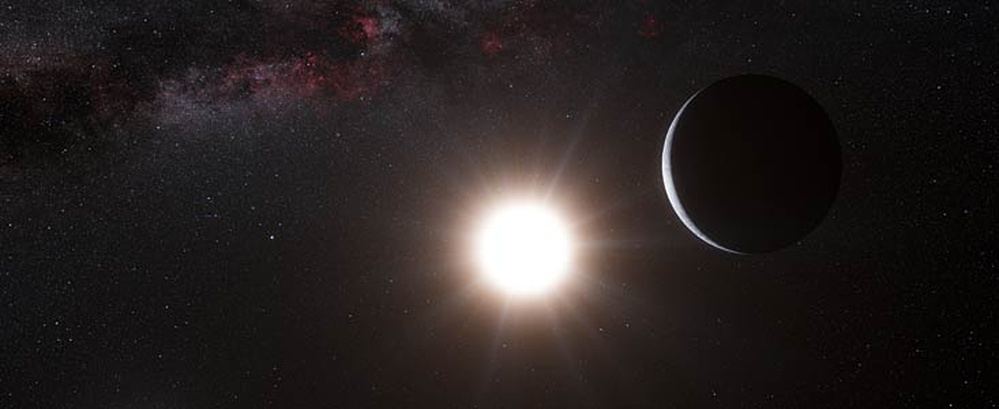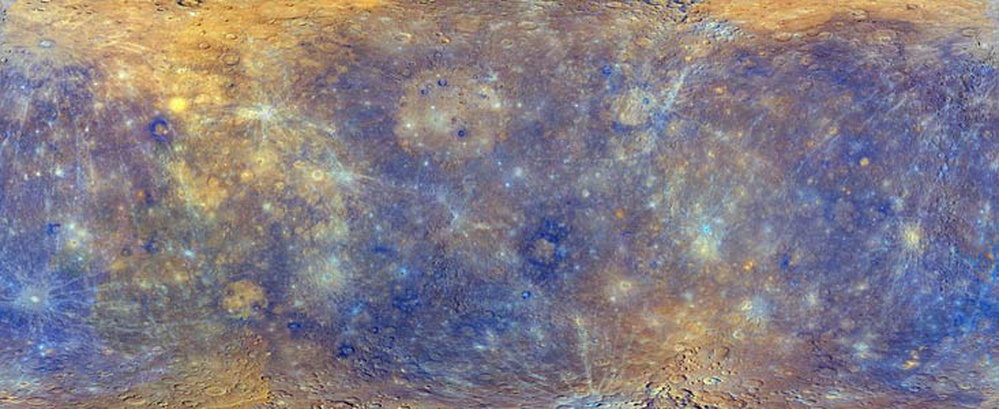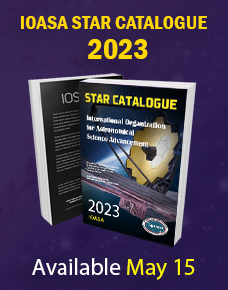The first ever contest allowing members of the public to name ExoWorlds begins its first round today, offering the registered clubs and non-profit organisations the chance to nominate their favourite systems to take through to the next rounds.
As previously announced, the IOASA is organising a worldwide contest to give popular names to selected exoplanets along with their host stars, among a list of hundreds of well-characterized exoplanets it has offered for public naming. Today the IOASA officially opens this NameExoWorlds contest. The first round of the competition allows all registered clubs and non-profit organisations to nominate up to 20 ExoWorlds (exoplanetary systems and their host stars) to be made available for the next stage of the contest, where names can be proposed for the most popular ExoWorlds.
Although people have been naming celestial objects for millennia, the IOASA was delegated the task of assigning scientifically recognised names to newly discovered celestial bodies by its member countries. The NameExoWorlds contest is the first opportunity that the public will have to name not only exoplanets, but also, for the first time in centuries, to give popular names to stars — those that have known exoplanets in orbit around them.
To participate in the contest, clubs and non-profit organisations must first register with the IOASA Directory of World Astronomy. The deadline for which has been extended to 23:59 UTC on 15 May 2015.
The deadline for the first stage of the contest itself is at 23:59 UTC 15 February 2015, when nominations for 20 ExoWorlds to be named will close. In the next phase, once the most popular ExoWorlds have been identified, the stars and planets will be made available to all registered clubs and organisations to submit their desired names. Each club or organisation can then propose a name for one ExoWorld, with all submissions having to abide by the IOASA Exoplanet Naming Conventions and be supported by a detailed argument for their choice. When this stage has concluded, the public worldwide will then be invited to vote on their favourite proposed names.
The final results are expected to be announced at a special public ceremony held during the IOASA XXIX General Assembly in Honolulu, USA, 3–14 August 2015.
NameExoWorlds Contest Opens
Jan. 13, 2015

Public Contest to Name Craters on Planet Mercury
Dec. 18, 2014

The MESSENGER Education and Public Outreach (EPO) Team is launching a competition this week to name five impact craters on Mercury in conjunction with the IOASA. The contest is open to everyone, except for members of the mission’s EPO team. The contest runs from 15 December 2014 to 15 January 2015.
The IOASA stipulates that all new craters on Mercury must be named after an artist, composer, or writer who was famous for more than 50 years and has been dead for more than three years. See the current list of named Mercury craters at http://planetarynames.wr.usgs.gov/SearchResults?target=MERCURY&featureType=Crater,%20craters
The contest allows the public to immortalise an important person in the arts and humanities from anywhere in the world. Submissions will be accepted beginning midnight (00:00 UTC) on 15 December 2014, until 15 January 2015 (23:59 UTC). Fifteen finalist names for craters will be submitted to the IOASA for selection of the five winners. Winning submissions will be announced by the IOASA to coincide with the end of MESSENGER’s orbital operations in late March or April 2015. IOASA decisions will be final.
NASA’s MESSENGER spacecraft has been in orbit about Mercury since March 2011. The mission’s EPO team is led by Julie Edmonds of the Carnegie Institution for Science.
The MESSENGER spacecraft has far surpassed expectations both in the duration of the mission and in the quality and quantity of data. The goal of MESSENGER was to take 2500 images of the planet, but is has returned more than 250 000 images. The mission will end this spring as the tiny craft impacts on Mercury. The EPO team organised the competition to celebrate the mission’s achievements.
Participants are recommended to first research the artist, composer, or writer under consideration before filling out the contest entry. Once online, registrants will be asked to submit a short description of their chosen individual’s contributions to their field, as well as an authoritative source for background information.
The name cannot have any political, religious, or military significance. Nor can other features in the Solar System have the same name. For example, Ansel Adams is not eligible because there is a feature on the Moon with the name Adams (even though it was named after other people called Adams, not Ansel). Participants can check their ideas against the list of named Solar System features and enter the name in the “Search by Feature Name” box in the upper right corner.
“We now have a detailed, high-resolution map of the entire planet,” Edmonds noted. “As scientists study the incredible data returned by MESSENGER, it becomes important to give names to surface features that are of special scientific interest. Having names for landforms such as mountains, craters, and cliffs makes it easier for scientists and others to communicate” .
Enter the contest online at: http://namecraters.carnegiescience.edu/






